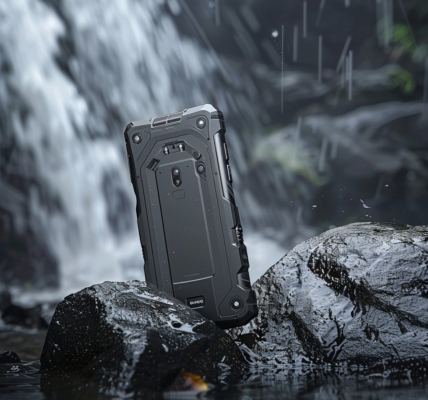Scientists have made a groundbreaking discovery in the Great Salt Lake, challenging the long-held belief that only two types of animals could survive in its ultra-saline waters. For years, brine shrimp and brine flies were the only known multicellular organisms in the lake, alongside bacteria and algae. However, a recent study by researchers at the University of Utah has revealed the existence of a third form of multicellular life – nematodes, or worms, thriving in the lake’s extreme saline environment.
Julie Jung and Michael Werner, biologists at the University of Utah, led the team that made this remarkable discovery. Their rigorous hunt for the elusive nematodes led them to clumps of calcium carbonate mud known as microbialites on the lake bed. By meticulously examining these microbialite formations, the researchers confirmed the presence of various species of nematodes, marking the first documented instance of nematodes inhabiting such a hyper-saline environment.
The discovery is significant as nematodes are known to inhabit diverse extreme environments on Earth, but finding them in the Great Salt Lake has expanded the understanding of their adaptability. The team’s use of advanced molecular techniques to identify live nematodes at multiple sampling sites underscores the groundbreaking nature of their findings.
Biologist Byron Adams from Brigham Young University, who provided consultation on the discovery, expressed astonishment at the revelation, highlighting the ongoing process of uncovering new and extraordinary aspects of the Great Salt Lake.
The study’s findings have opened new avenues for research into the biodiversity of the Great Salt Lake and the adaptability of organisms in extreme environments. This discovery serves as a testament to the resilience and adaptability of life forms, challenging preconceived notions about the limits of habitability in hyper-saline environments.





